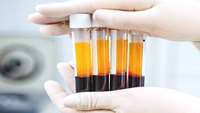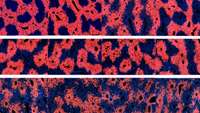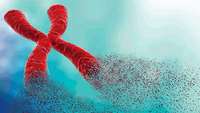New method to boost supply of life-saving stem cells
Researchers at the Center for Genomic Regulation (CRG) in Barcelona and Columbia University in New York City have identified a protein that is critical for the expansion of typically scarce, life-saving blood stem cells.
The evolving role of platelet-rich plasma (PRP) in plastic surgery
Platelet-rich plasma (PRP) treatment, which involves injecting a small amount of a patient's own blood to release various growth factors from platelets, continues to increase in popularity.
Novel CAR-T therapy sees success in treatment-resistant myeloma patients
Idecabtagene vicleucel (ide-cel), a novel CAR-T therapy, has produced positive results in a Phase II trial against multiple myeloma.
New insights into fragile X syndrome and the fetal brain
Researchers at Tohoku University have revealed further insight into the fetal development of our brain and the potential causes of fragile X syndrome (FSX).
Study reveals networks of genes involved in congenital heart disease
Over two million babies, children, and adults in the United States are living with congenital heart disease—a range of birth defects affecting the heart's structure or function.
Development of the first biohybrid artificial retina built with silk fibroin and retinal cells
An international research led by the Complutense University of Madrid has taken a further step to solve the age-related macular degeneration (AMD)-derived blidness problem with the development of the first biohybrid artificial retina built with silk fibroin and retinal cells.
Researchers discover clue to how to protect neurons and encourage their growth
Many neurodegenerative conditions, from glaucoma to Alzheimer's disease, are characterized by injury to axons—the long, slender projections that conduct electrical impulses from one nerve cell to another, facilitating cellular communications. Injury to axons often leads to neuronal impairment and cell death.












